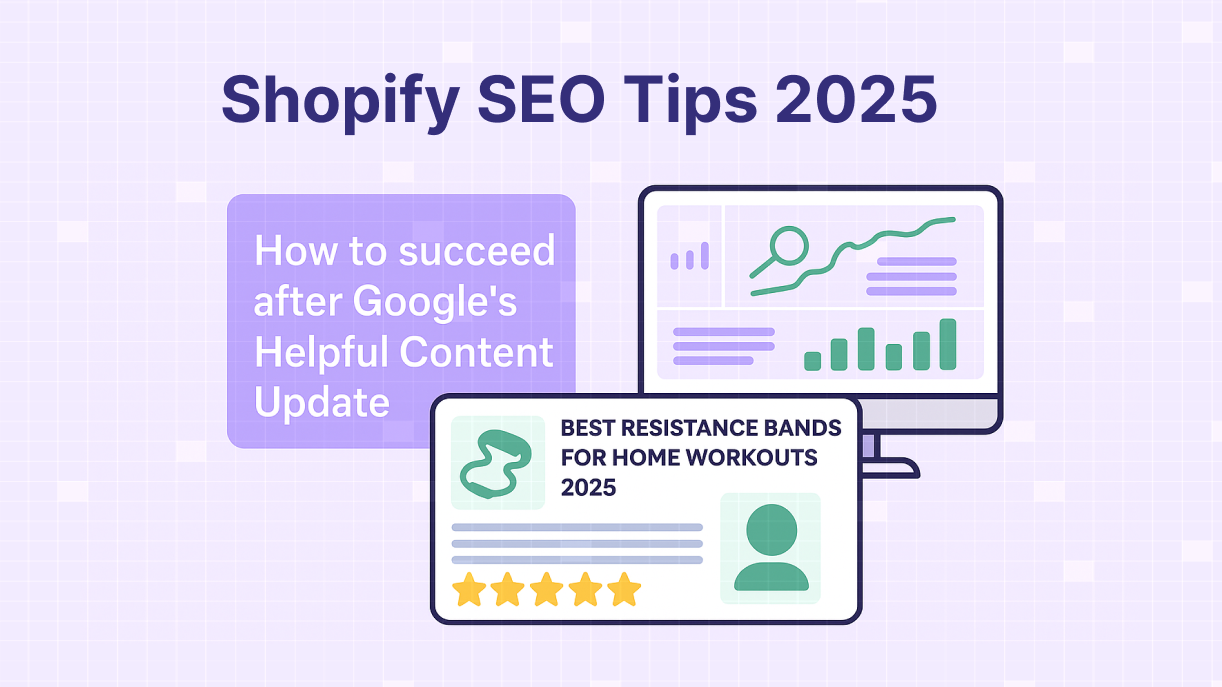
How to Optimize Your Shopify Store for SEO in 2025
Search Engine Optimization (SEO) is a cornerstone of success for any Shopify store. With global e-commerce sales reaching $5.7 trillion in 2024, according to Kinsta, and Shopify powering over 4.65 million websites, per Mobiloud, standing out in search results is critical. SEO helps your store appear when customers search for products like yours, driving organic traffic and increasing sales. This guide provides actionable Shopify SEO tips to optimize your store in 2025, covering keyword research, content optimization, technical improvements, and link building.
Importance of SEO for Shopify Stores
SEO is about positioning your store to rank higher on search engine results pages (SERPs). According to Shopify, search drives 68% of trackable website traffic, with the top Google result capturing 27.6% of clicks in 2025. For Shopify stores, SEO is a cost-effective way to attract targeted visitors compared to paid ads. As Greg Bernhardt, an SEO strategist at Shopify, notes, “SEO is an excellent form of inbound marketing, where the consumer has a need and finds you for the solution.” By optimizing your store, you enhance visibility, build brand authority, and drive long-term revenue.
Step 1: Keyword Research
Keyword research is the foundation of Shopify SEO. It involves identifying terms potential customers use to find products like yours. Targeting the right keywords ensures your store appears in relevant searches.
- How to Start: List five main topics related to your products. For example, an eco-friendly clothing store might focus on “sustainable fashion,” “organic cotton clothes,” or “eco-friendly apparel.” Use tools like Google Keyword Planner, Ahrefs, or SEMrush to find keywords with high search volume and low competition.
- Focus on Long-Tail Keywords: These are specific phrases like “best sustainable t-shirts for women” that have lower competition and higher conversion rates.
- Sources for Inspiration: Analyze buyer personas, forums, subreddits, social media hashtags, and competitor meta descriptions to understand customer search intent.
Example: For a store selling running shoes, target keywords like “best running shoes for marathon training” rather than generic terms like “running shoes.”
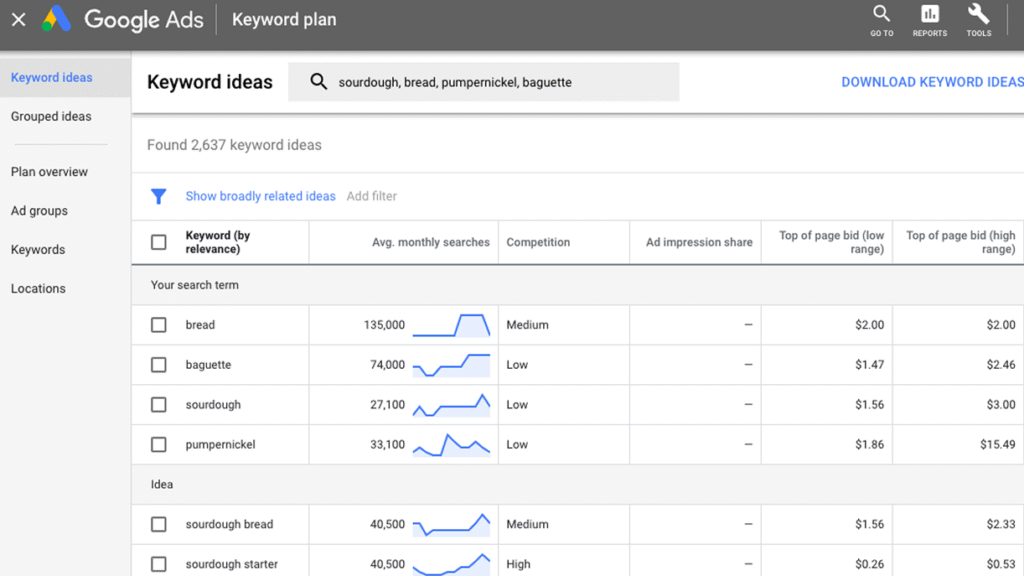
Step 2: Optimizing Titles, Product Descriptions, and URLs
Integrating keywords into your store’s content is crucial for on-page Shopify store SEO. Focus on product pages, as they drive sales.
- Titles: Include primary keywords naturally. For example, use “Men’s Red Leather Dress Shoes” instead of “Red Shoes.” Keep titles concise, around 50–60 characters.
- Product Descriptions: Write detailed, engaging descriptions that incorporate keywords without stuffing. Highlight benefits and features to appeal to both customers and search engines.
- URLs: Customize URLs to include keywords, e.g., “example.com/products/mens-red-leather-dress-shoes” instead of “example.com/products/12345.”
In Shopify:
- Navigate to Products > Edit Product.
- Edit the “Title” and “Description” fields.
- Under “Search engine listing preview,” customize the URL handle.
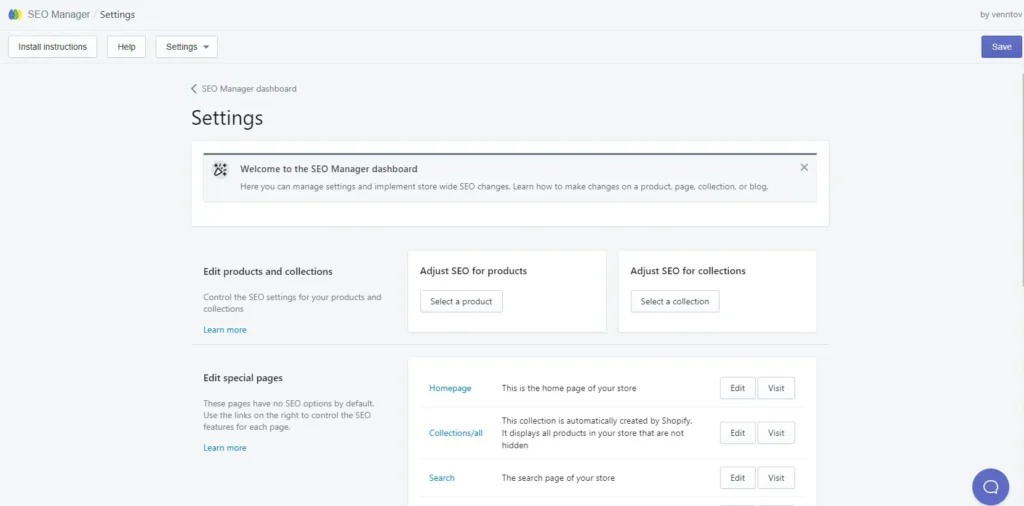
Step 3: Using Meta Descriptions and Alt Text for Images
Meta descriptions and alt text enhance click-through rates and image search visibility.
- Meta Descriptions: Write compelling snippets (150–160 characters) that include your main keywords. For example, “Shop men’s red leather dress shoes. Stylish, eco-friendly, free shipping over $50.” Edit these in Shopify under Search engine listing preview for each page or product.
- Alt Text: Add descriptive alt text to images, incorporating keywords naturally, e.g., “Men’s red leather dress shoe on white background.” This improves accessibility and image search rankings. In Shopify, add alt text when uploading images under Products or Content > Files.
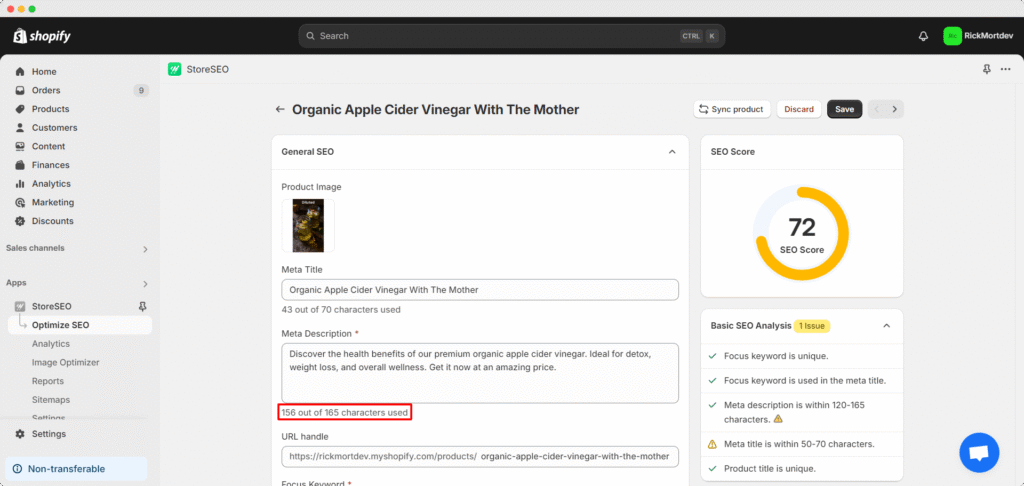
Step 4: Improving Speed and Mobile-Friendliness
Site speed and mobile-friendliness are critical for optimizing Shopify for search engines. Google prioritizes fast, mobile-responsive sites.
- Site Speed: Use lightweight themes like Dawn or Impulse, compress images, and remove unused apps. Tools like Google PageSpeed Insights identify areas for improvement. Implement lazy loading for images and minimize JavaScript, as suggested by Omnisend.
- Mobile-Friendliness: Ensure your theme is responsive. Test with Google Lighthouse for issues like tap target size or font legibility.
- Core Web Vitals: Aim for Largest Contentful Paint (LCP) ≤2.5s, First Input Delay (FID) ≤100ms, and Cumulative Layout Shift (CLS) ≤0.1. Apps like Booster SEO can optimize images and speed.
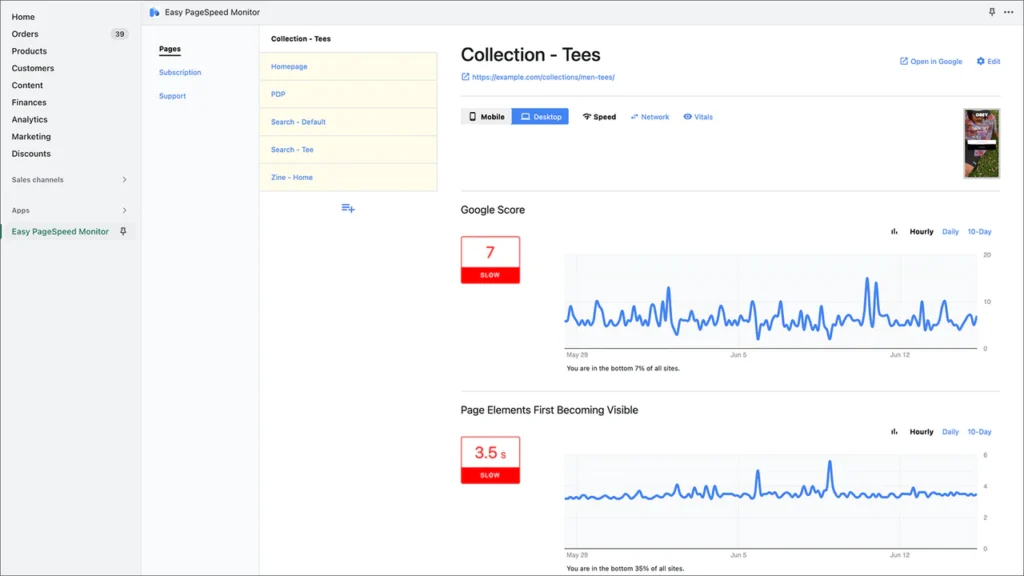
Step 5: Building Internal and External Links
Links are a key ranking factor for search engines.
- Internal Links: Connect related pages within your store, e.g., link from a product page to a blog post about “How to Choose Running Shoes.” This improves site structure and user navigation. Ensure no page is more than four clicks from the homepage to avoid orphan pages, as per SEMrush.
- External Links: Acquire backlinks from reputable sites like suppliers, influencers, or industry blogs. Use the skyscraper technique: create better content than competitors and request links, as suggested by Tiny-IMG.
Monitoring and Analyzing SEO Performance
To ensure your Shopify SEO efforts are effective, monitor performance regularly:
- Google Search Console: Verify your store at Google Search Console to track impressions, clicks, and keyword positions.
- Google Analytics: Integrate with Google Analytics to analyze traffic sources and user behavior.
- SEO Tools: Use Ahrefs, SEMrush, or Moz for deeper insights into backlinks, rankings, and competitors.
Regularly review these metrics and adjust your strategy to maintain and improve rankings.
Conclusion
Optimizing your Shopify store for SEO is an ongoing process that can significantly boost your visibility and sales. By following these Shopify SEO tips, you leverage Shopify’s built-in features like automatic sitemaps, canonical tags, and meta tag support. Enhance your efforts with apps like SEO Doctor or Booster SEO. Ready to grow your online store? Start with Shopify’s free trial and implement these strategies to rank higher in 2025.
Looking for more ways to grow your Shopify store? Explore more expert tips and tools at Boostsy.app and stay ahead in 2025.




